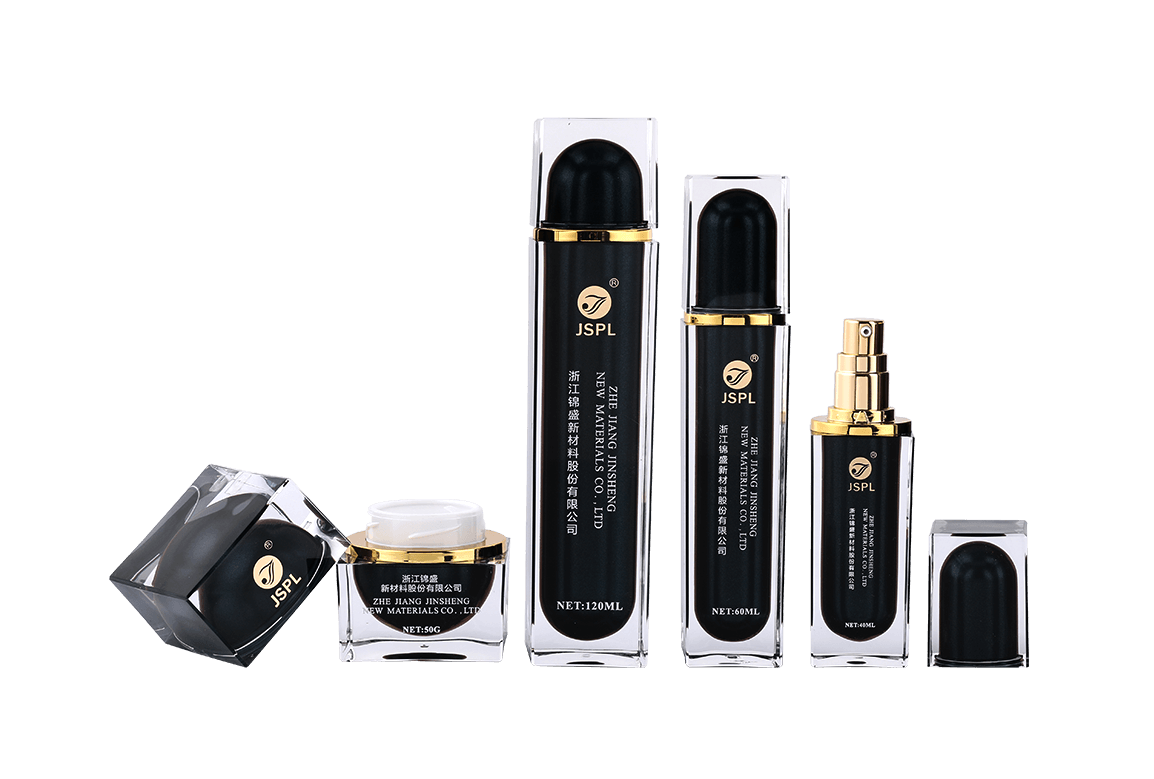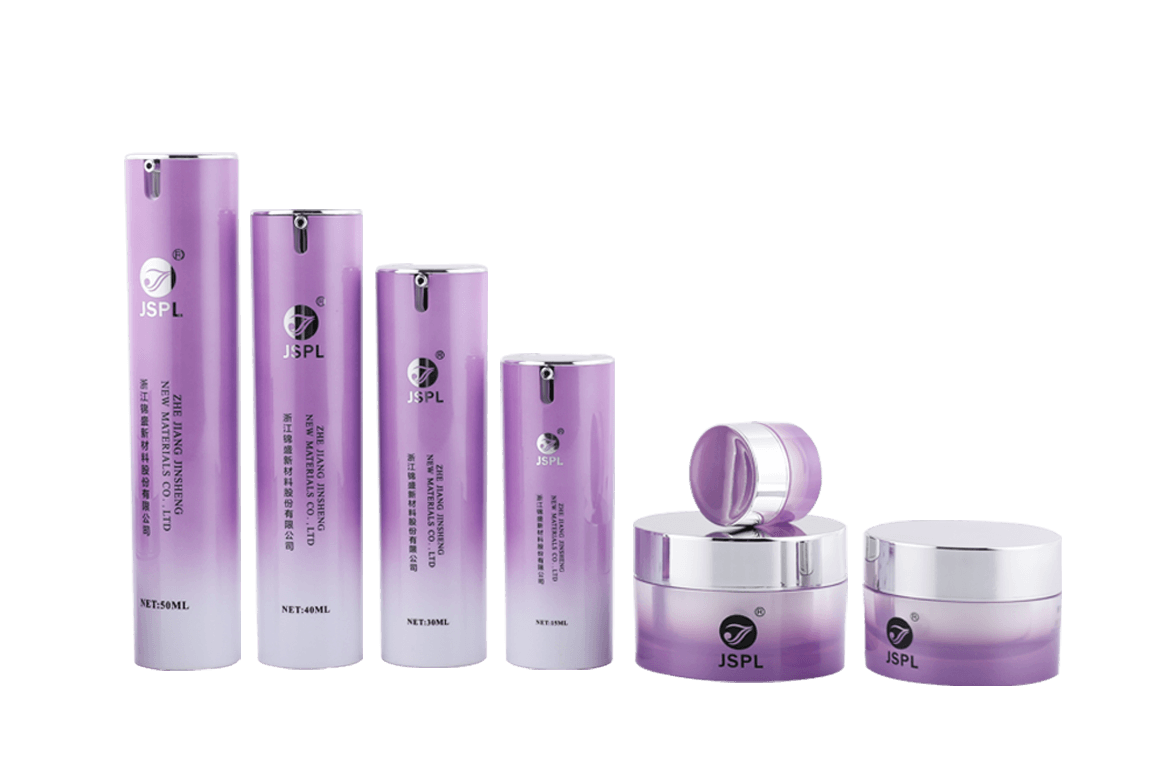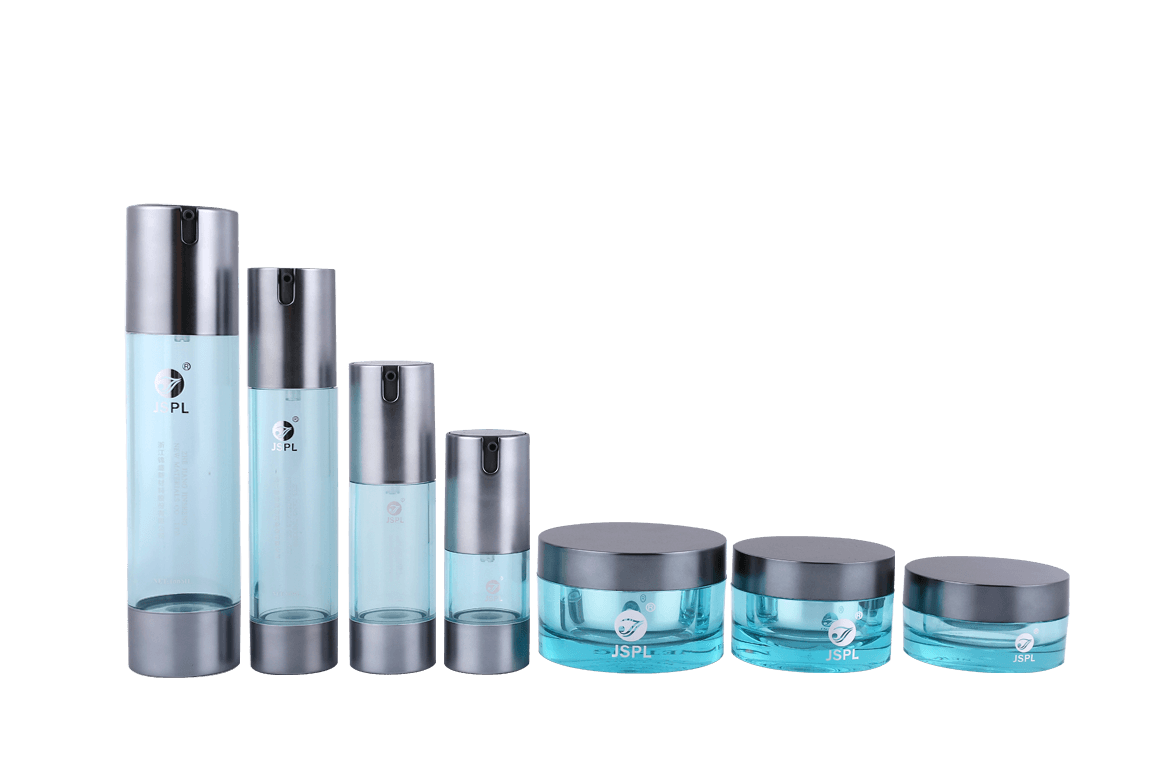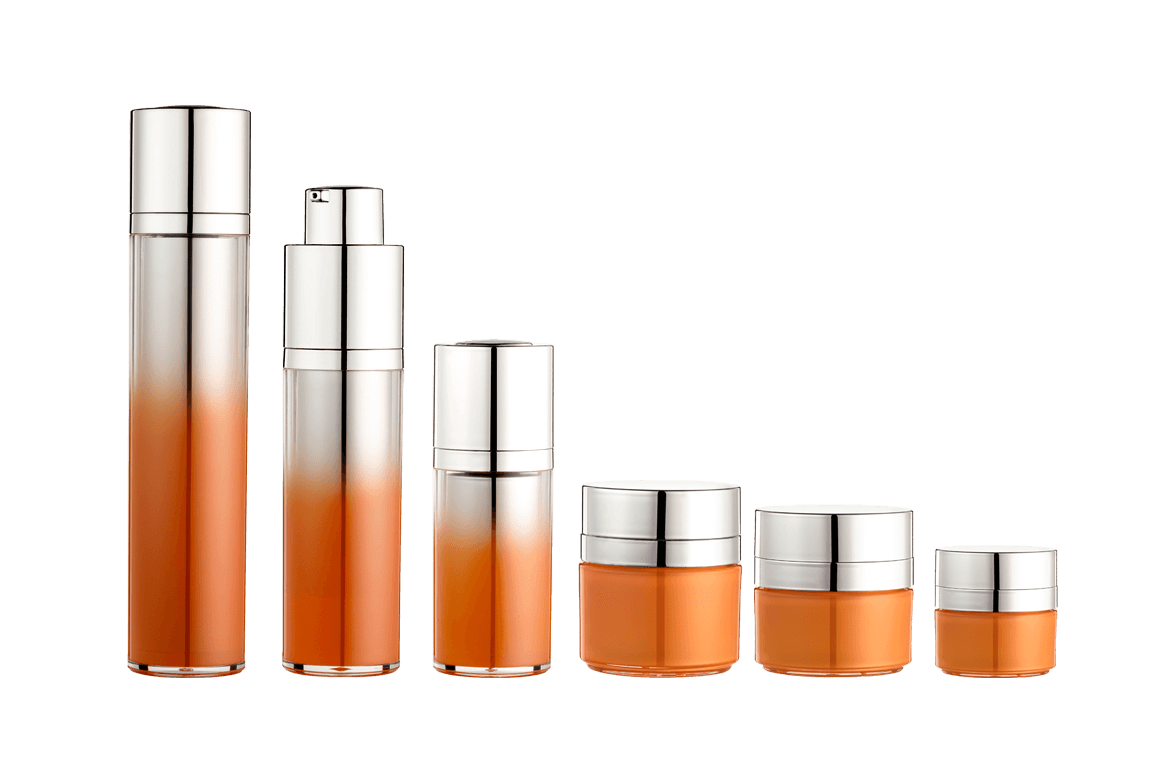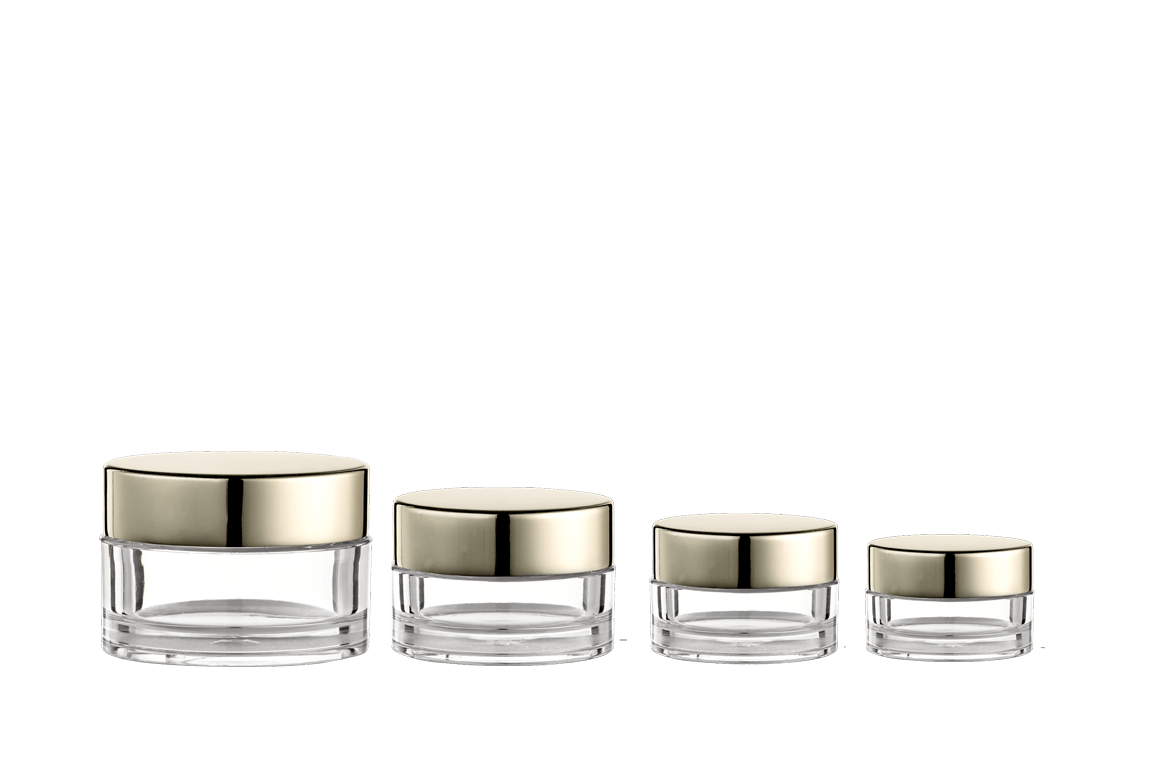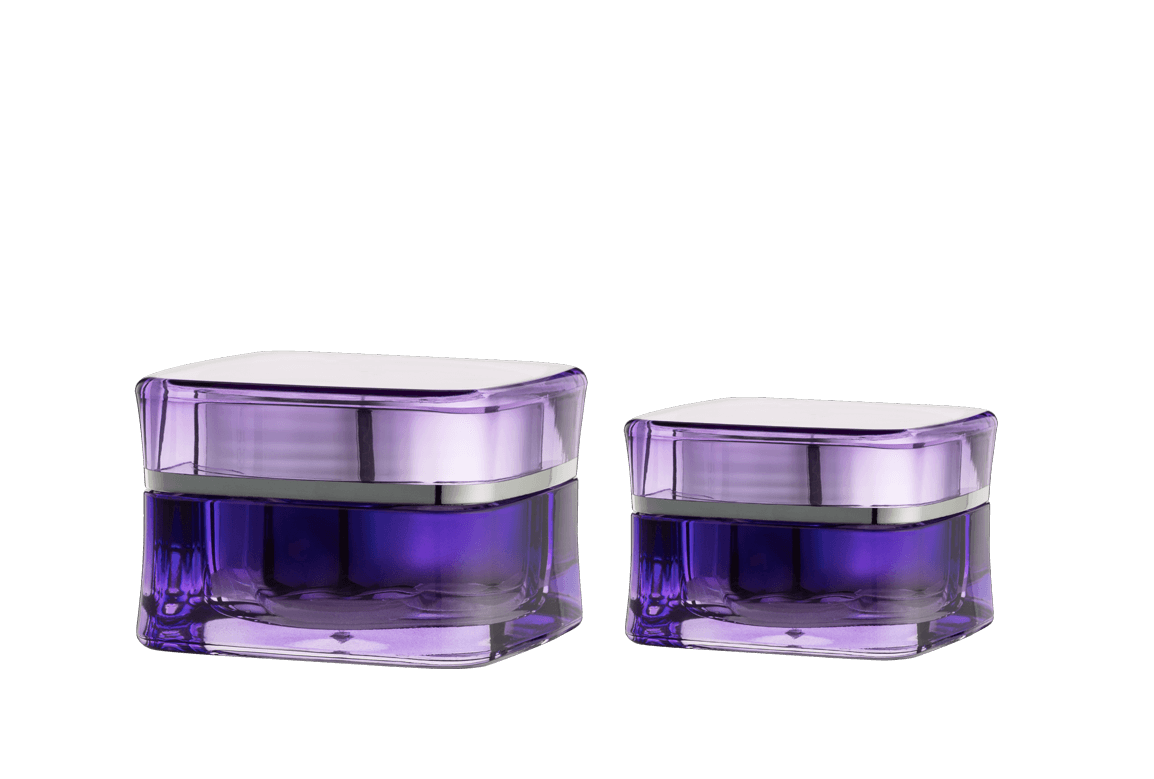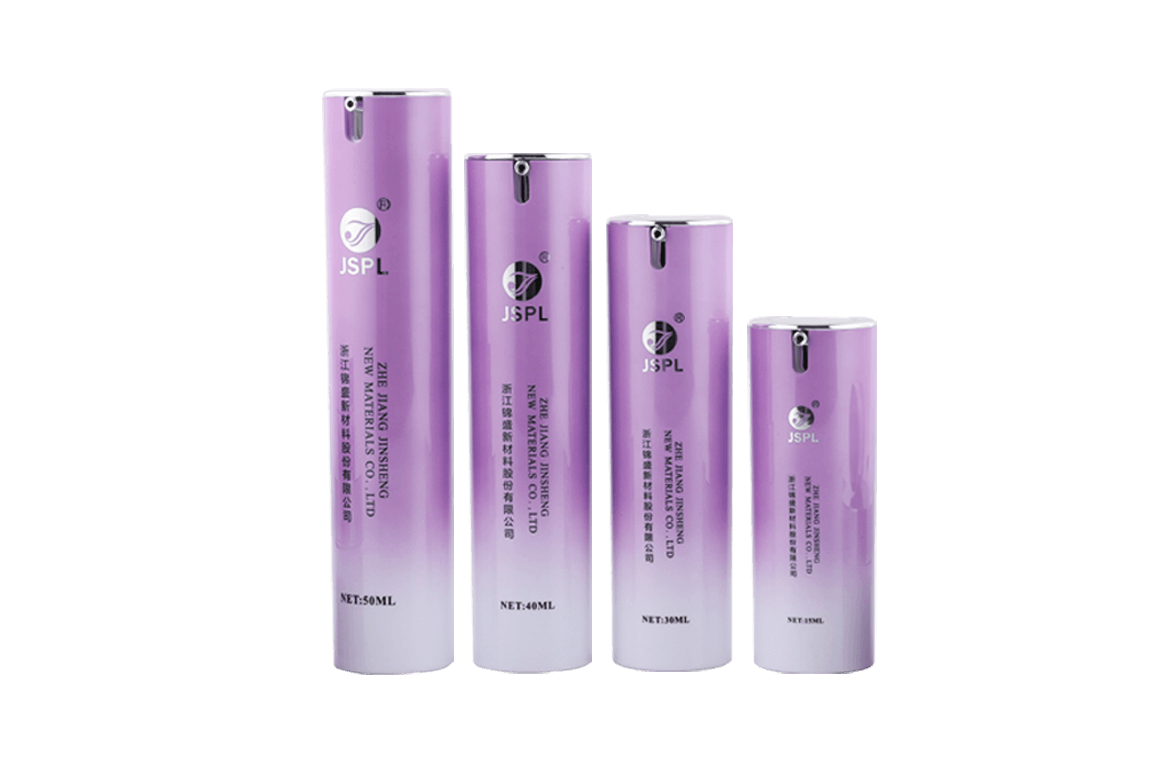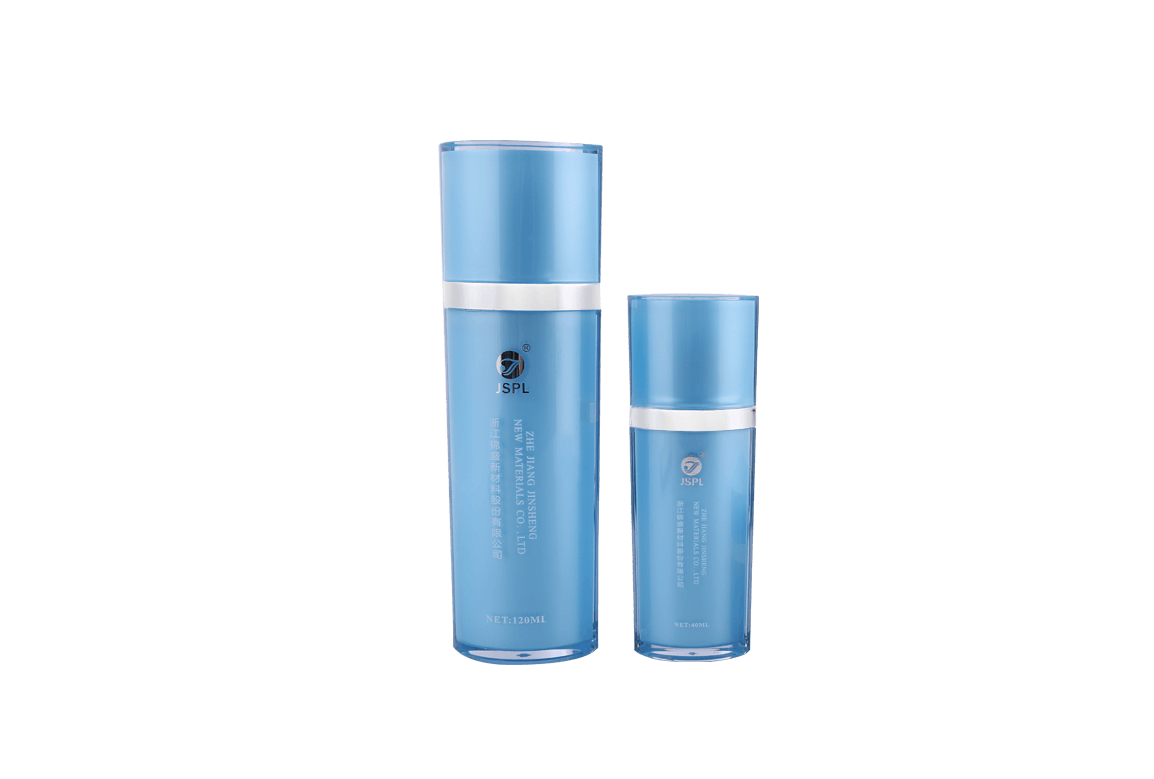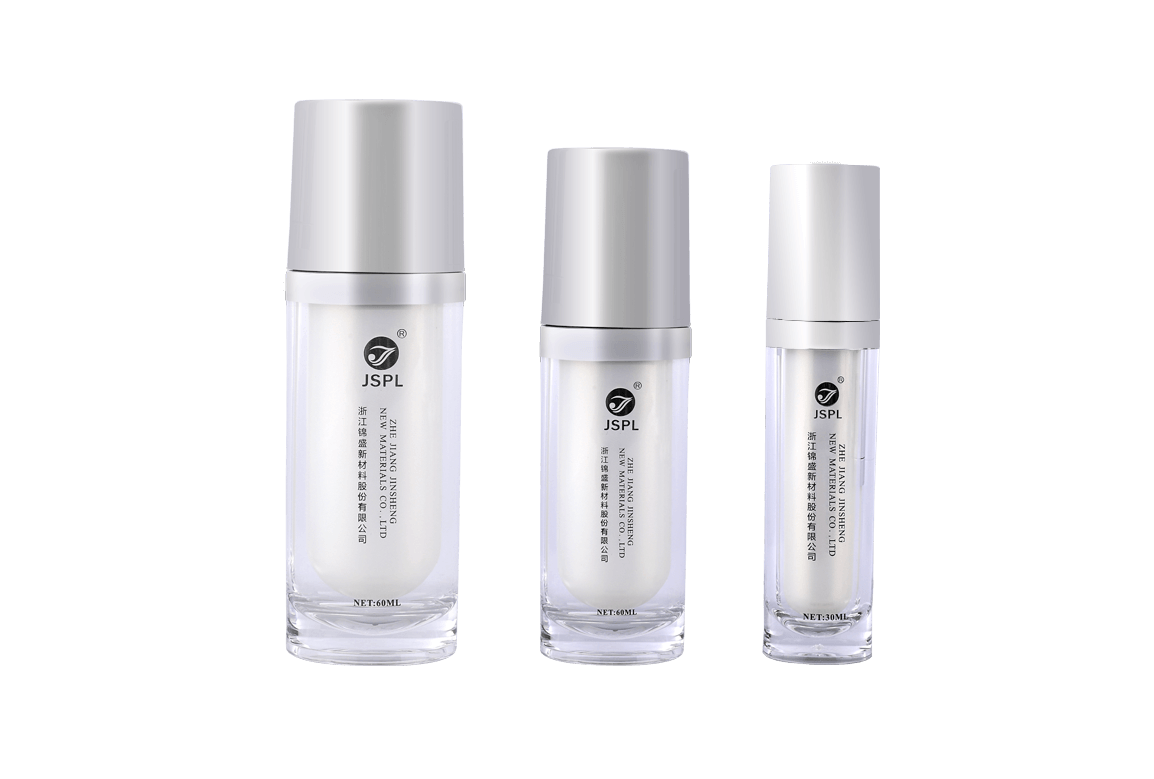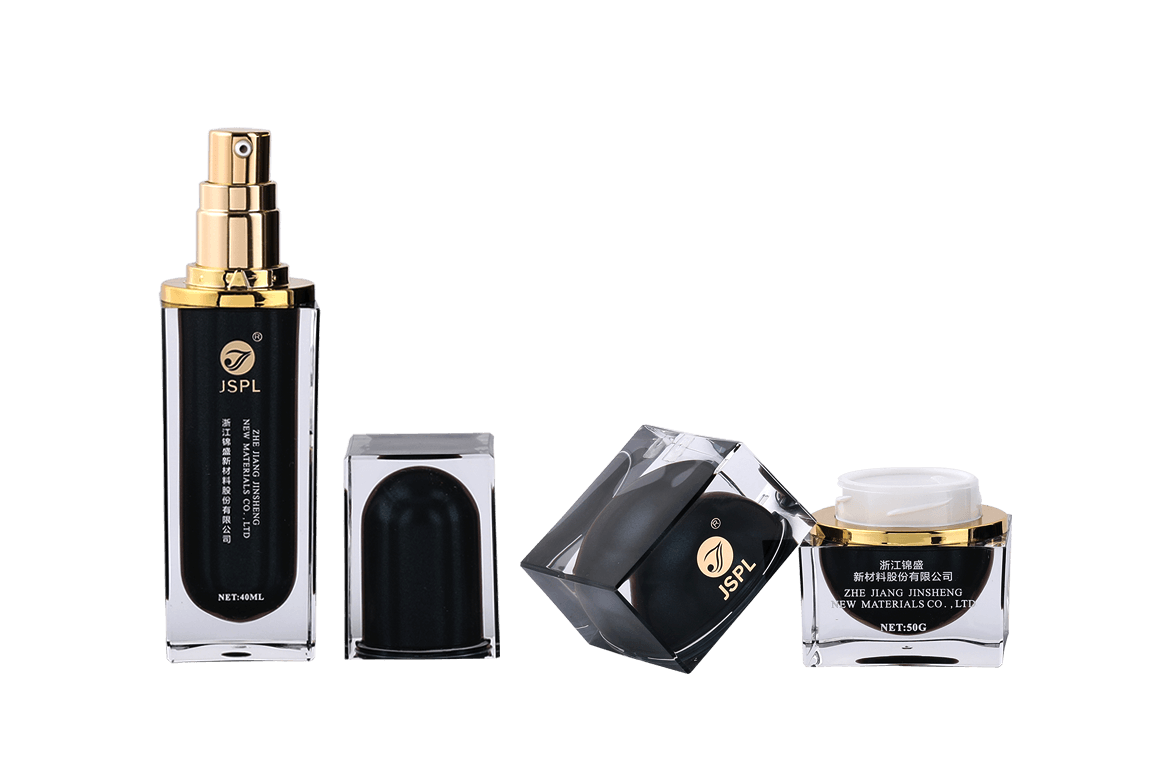Glass bottles are produced through two processes: Blow and Press and Blow. Each of these processes begins with raw materials which are combined to form a specific mix based on the desired properties of the container. Then, these mixtures are melted at high temperatures in a furnace. Soda lime glass is one of the most common types of glass used for bottles, and borosilicate glass is another type.
Glass is perceived as a higher-quality material. A 2015 study found that people preferred to purchase products that come packaged in glass over plastic. Generally speaking, consumers prefer products packaged in glass because it has a more premium experience. This may be especially true for luxury products with sophisticated marketing. But there are still times when a plastic bottle may be better for your product. To avoid this situation, work with a reputable plastics manufacturer.
Glass offers better barrier to oxygen. This extends the shelf-life of the beverage. Glass also allows for customization. Its flexibility makes it easier for companies to customize the shape of the bottle to meet the needs of the consumer. It is also easier to mold plastic bottles and can be pressurized to fit almost any shape. These advantages make it a great choice for beverages that need to be in a certain shape. This versatility is crucial for beverage packaging.
Wine, liquor, juice, and soft drinks are popular products packaged in bottles. Some brands have even switched to plastic bottles. Bottles come in many colors, so they're sure to catch the attention of any child. Kids can scan the bottle and download the character props. Another important benefit to using child-size bottles is that they're easier for small hands to hold.
The use of paper-based bottles is another sustainable option for beverage packaging. While the use of paper is less damaging to the environment, it still has a plastic liner inside. Plastic liners need to be separated from the outer paper layer for recycling. While paper-based bottles are recyclable, the closures need to be recycled separately. Paper-based bottles also tend to be more durable than other materials. They can also be recycled multiple times. To make them eco-friendly, you'll want to choose them based on environmental concerns.
One way to make bottle-based packaging more efficient is to limit the size of the bottle. Depending on the type of drink, consumers may limit the size of their containers to reduce waste. This isn't feasible for many beverages and on-the-go consumption. However, manufacturers can increase their delivery efficiency by shifting the bottle's capacity, which doesn't change the actual volume of product delivered. This way, they don't have to make huge changes to their packaging.
There are many different types of plastic bottles. Some are food-grade and recyclable, and others are made to meet federal requirements. HDPE is the most common plastic material for bottles and provides good barrier properties to alcohol, essential oils, and many other substances. Some of the materials used to make bottles are not recyclable, which makes them more expensive.
Another method to reduce the environmental impact of bottles is through innovative technology. Advanced plastics technologies are making it easier than ever to manufacture bottles. Many of these plastic bottles are now as light as 7 grams. The materials used to make them are also more efficient than ever. The study also looks at the energy costs associated with manufacturing them. This will help manufacturers make informed decisions when choosing materials for their products. The results are expected to be published in 2015 and beyond.
Wine bottles are a special case. While wine bottles have to be durable and provide failsafe barriers to oxygen and heat, they also need to be attractive. They can feature special labeling and use appropriate colors. They can also be shaped in unique ways. These factors help to promote a brand.


 Chinese
Chinese España
España Italia
Italia Le français
Le français